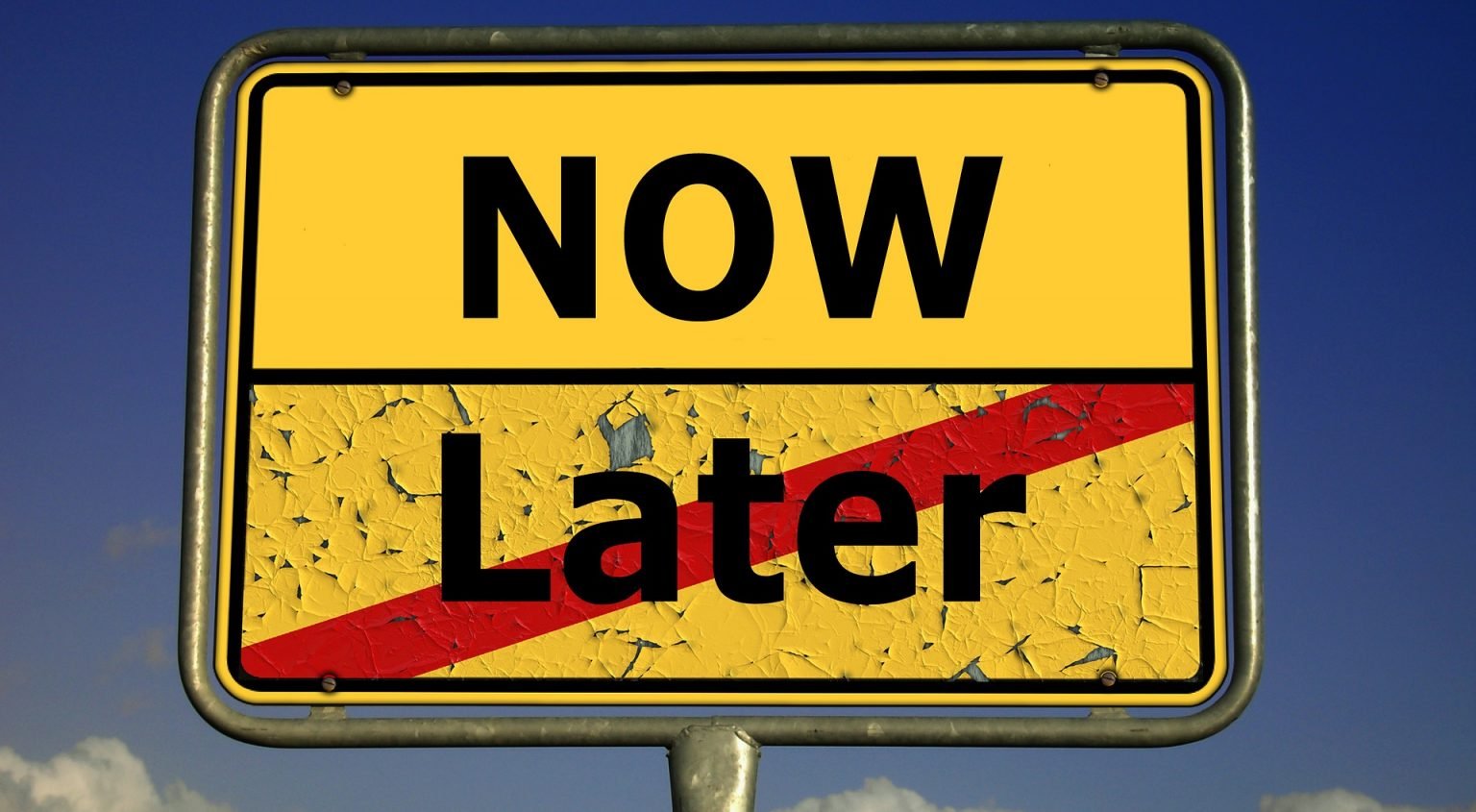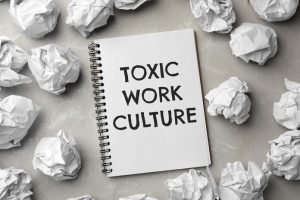The Great Resignation — or the Great Reset?
I’m hopeful that we are getting to the other side of the pandemic’s blatant devastation.
People are starting to travel for fun again, families and communities are gathering, employees are finding their way back to the office for part of their work week, and face-to-face meetings are being planned. All of this is encouraging.
But make no mistake, this is not “back to normal.” The pandemic threw many into deep reflection on many, many fronts, individually and collectively. Long overdue conversations are finally taking place and triggered catalytic events brought to the forefront systemic issues that can no longer be ignored. Employees have had to adapt to staying at home and, therefore, working from home. People have navigated emotional difficulties and sometimes hardship and grief. Our mental well-being has been pushed to its limit, or beyond.
All this brought us to a liminal period, leading us to take inventory of our lives. While it brings a lot of discomfort of uncertainty, there is no doubt in my mind that stepping into this space is how we will find ways to create a better way forward.
On the work front, there is a lot being written about what is called “the Great Resignation” — droves of people quitting their jobs, sometimes without having another job to go to. Employers are scrambling to replace them.
Earlier this year, in a couple of articles published in the MIT Sloan Management Review (Article 1, Article 2) Donald Sull and his colleagues shed some light on the drivers behind The Great Resignation. By mining millions of online employee entries, the authors managed to identify top predictors of employee turnover. Their research revealed that by far, the strongest predictor of attrition is a toxic corporate culture. The next key drivers include job insecurity and reorganization, followed by high levels of innovation, then failure to recognize employee performance, and finally poor response to COVID-19.
But let’s put this into perspective — these factors are not all equal. A toxic corporate culture is ten times more powerful than compensation in predicting a company’s turnover. This debunks the convenient myth that people leave for more money. These findings make it clear that there is a direct link between workplace culture and employees’ career choices.
Given their findings, Sull and his colleagues went on to seek clarity about what employees are talking about when they make reference to a toxic culture. They identified what they call “The Toxic Five,” when workplaces are disrespectful, noninclusive, unethical, cutthroat, and abusive. It is worth noting that these factors are also associated with physical and mental health problems, which have been a cause for concern for decades. While these concerns are not new, the past 24 months or so have seen a worrisome spike in the number of people struggling with mental health issues.
The valuable insights presented by Sull and his colleagues are an invitation to reflect on the current conundrum in an effort to understand what is going on with work.
But first, allow me to summarize the findings of the articles referred above: people are no longer willing to put up with work environments that make them feel bad or, worse, sick.
This matters because we have known for quite some time that an engaged workforce is a key differentiator when it comes to business performance and an organization’s ability to adapt quickly to the ever-changing landscape businesses navigate these days. The acronym VUCA, short for volatility, uncertainty, complexity, and ambiguity has been used since 1987 to describe the reality of today’s business environment. It’s pretty much a catchall for “hey, it’s crazy out there!” And there is consensus that the speed of change won’t reduce; quite the contrary. The only way for an organization to keep up with ever-changing needs in a sustainable manner is if its entire staff is mobilized and engaged.
So, today’s business is an all-hands-on-deck undertaking, and for the past 24 months people have been jumping ship, some choosing to do so without a life vest on.
One reflection I invite you to ponder, especially if you are in a leadership role, is whether you are willing and able to hear the heartbreaking message that employees are sending through The Great Resignation. In a recent podcast, Scott Sonenshein, Professor of Management at Rice University, stated:
“If you think you’re leading the same workforce that you were in February 2020, with the same mindset, and the same mentality, and the same desires, and the same priorities, you’re nuts. You’ve either got to change or you got to get out of the way for this one. I just don’t think there’s any turning back, and I know that’s a really strong statement.”
Do you see the need for change?
Another dimension to consider is, what is the role of an HR function? The outdated and oh-so-entrenched traditional organizational framework often casts HR in a role focused on several transactional and often tedious administrative tasks as well as the responsibility of dealing with the undesirable and sometimes damaging outcomes of challenging (and sometimes toxic) organizational cultures. Limiting the scope of an HR function to these parameters is costly and narrow-minded. It is costly because focusing on mitigating outcomes of corporate culture issues means we are paying professionals to handle a repeating cycle of course corrections without affording them the opportunity to tackle root causes. It is also narrow-minded because it makes it too easy for leaders to keep the blinders on and avoid the necessary and uncomfortable conversations aimed at truly understanding the dynamics at play and their source.
Indeed, often in tandem with this construct of HR’s purpose is a belief that how people feel at work is “HR’s problem.” It is wise to enlist the assistance of an HR partner to handle complex people matters. But my experience is that oftentimes, seeking help from HR evolves into the employee’s leader abdicating responsibility. The leader is the person responsible for their relationship with their team, not HR, even when involved. The leader is the only person who can impact true change. So, when thinking about people challenges, I invite you to ponder these important questions:
How are our people really doing? And, as a leader or a colleague, how am I contributing to the culture — in good or not so good ways?
After examining recent statistics, this is what I believe we, as leaders, need to understand: employees are critical to an organization’s success. And, before all else, employees are people. People have human needs and they have feelings. Oh I just used the “f word,” didn’t I?
Once we accept that employees show up for work as whole humans, we become attuned to the urgency to create workplaces aligned with this reality.
Let’s Look at This Another Way
Taking a different tack, we need to accept that the predominant, paternalistic, command-and-control model used to organize work has run its course; it is making people sick. Different lenses, the same landscape.
Perhaps you’re reading this and thinking, “Okay, but then what?”
That’s where we get stuck, isn’t it? I get it. It can feel overwhelming. In the words of Pema Chodron, let’s start where we are and acknowledge the need to reshape the workplace. Let’s wholeheartedly embrace the messy road of transformation we must all embark on together. By doing so, we open the door to finding ways forward, even if it initially feels perplexing.
Engaging in this process will open the door to paradigm shifts that in turn will offer clarity and reveal better options. Surely, understanding what it means to be an employee in the 21st century and grasping how employees’ well-being is key to business performance will summon a different outlook. Such a journey will also help highlight how leadership behaviors underpin the creation of the organization’s culture more so than any poster on the wall.
I predict that, as often occurs on these quests, the journey will bring us back to what was staring us in the face all along. In this case, the evidence that is eluding us is that it’s all about connections because as humans, we are wired for connections, all of us. We have assumed for too long that all business challenges can be solved with a spreadsheet. But that’s not how it works; not all the time, anyway. Progress, problem-solving, growth, and creativity are born from authentic, caring, and sometimes messy conversations. The same conversations that make people feel heard and understood and trigger high levels of engagement also hold the space where creativity lives, and we sure need creativity right now!
So how does this all work?
In his book The Advantage: Why Organizational Health Trumps Everything Else In Business, Patrick Lencioni explained, that to succeed, businesses have two requirements. The first is the need to be smart, which references the skills and competencies needed to take care of strategy, marketing, finance, technology, and the like. The second is that organizations need to be healthy, a dimension that results in minimizing politics and confusion, creating high morale, high productivity, and low turnover. Lencioni also added health begets and trumps intelligence. Lencioni also posits that one of the reasons this dimension does not receive the attention it deserves is because it is not easy to measure. Well, The Great Resignation proves this point and provides a global measure of how unhealthy our current workplaces are while shining a light on the impact of this current state of affairs that has left our organizations in a precarious position.
Where to start?
So where do we begin? It all starts with senior leaders.
When senior leaders understand and accept how employees feel at work is part of their responsibility — everything changes.
The conversations shift to make room for a broader and all-encompassing outlook on the organization and its culture. This also often results in an eagerness to reshape HR teams into transformation partners, rather than corporate janitors.
Perhaps you are in a senior leadership role, and as you read this you are thinking, “Are you kidding me? I already have too much on my plate. There’s no way I can take on more.” Holding that view is akin to thinking that you don’t have time to stop to gas up when you are running on empty because you are already late.
Here’s a golden nugget for you though: Accepting responsibility doesn’t mean that you must do it alone. In fact, in addition to using your HR team as a transformation partner, enlisting employees as active stakeholders in this transformation journey, is pure magic. Expressing a genuine willingness to hear what they have to say and taking their concerns into consideration amplifies and accelerates the transformation process in surprising ways. It creates instant relief for all involved, even before solutions are found.
Over several decades, I have experienced firsthand what it is like to create workplaces in which all voices I heard. While it can sometimes feel like it is slowing you down, it is putting in the work that is needed for unprecedented acceleration.
Why does all this matter anyway?
Patrick Lencioni could not make a stronger case when he said,
“The single greatest advantage any company can achieve is organizational health.”
Either you commit to creating healthy workplaces, with all that it implies, or you will lose your talent and put the survival of your organization at risk. Full stop.
Looking for support with this transformation? Let’s talk.





